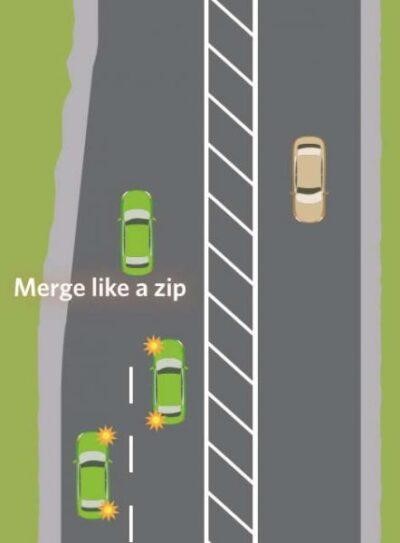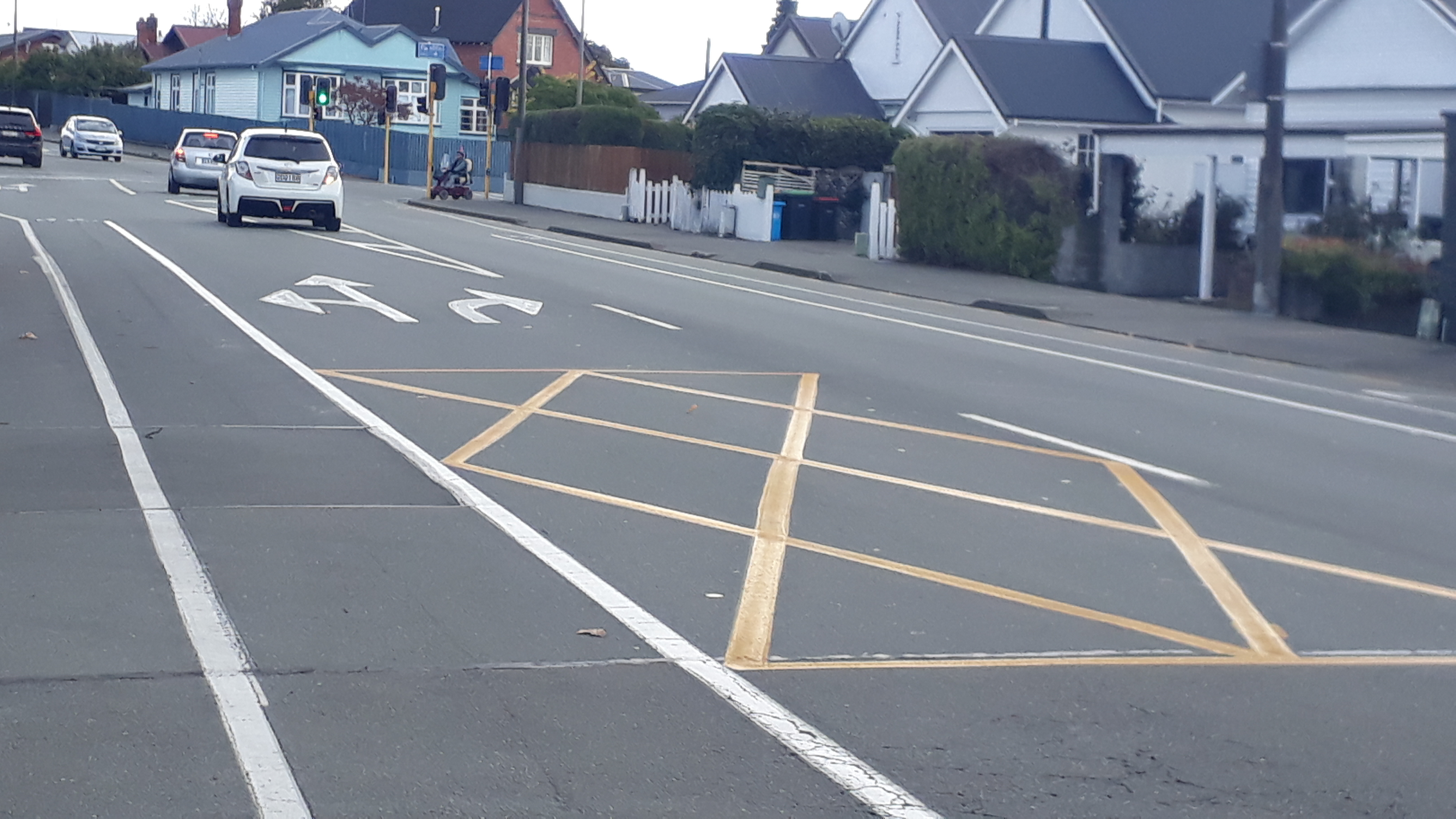Frequently Asked Questions
Speed
Safer speeds have been introduced around Timaru District schools, in Timaru CBD and in some urban fringe areas based on public feedback. The full details can be found on the Timaru District Council website.
They are very accurate to within 0.3%. Most speedometers on vehicles will show a higher speed than the actual speed. It is a required safety feature so that drivers are not misled by inaccurate speed readings when driving on public roads.
Research suggests it is because the road becomes wider and those drivers feel more confident to go faster on the two lanes. Sometimes it may be intentional, but in most cases, it will be unintentional.
People make mistakes. While you are driving you have to be prepared to take evasive actions. The lower the speed the more time you have to take action and the less the risk of losing control of your vehicle.
When a crash cannot be avoided; speed determines the seriousness of an injury. Crashes at lower speed tend to have better outcomes for the occupants of vehicles and other road users (e.g. pedestrians) than crashes at higher speeds.
Report Issues
If your concerns involve a specific vehicle, call the police on *105. You will need to supply the registration number of the offending vehicle.
You can report roading issues to your local Council using Snap Send Solve.
Download the app for free on Google Play or the Apple Store.
To report issues impacting travel on State Highways to NZTA, Call 0800 4 HIGHWAYS (0800 44 44 49). You can also call this number 24/7 to get the latest state highway travel information.
Driving Tips
The following winter driving tips will help you prepare for and drive to the conditions when driving on icy, wet or snowbound roads.
Planning your journey
* Always check the weather forecast and road conditions before you leave. Allow extra time for your journey in poor weather conditions.
* If travelling long distances, make sure you are well rested and plan where to have a break. Share the driving if possible or allow for stops at least every two hours.
* Consider if you need to travel, especially when conditions are severe.
* Consider where and what route you should take – choose safety over convenience. Tell your family or friends when you are leaving, which route you will be travelling, and the expected arrival time.
* Plan to drive during daylight hours when visibility improves and hazards such as ice and snow are less likely. Avoid driving at night when hazards rapidly multiply.
* Carry extra warm clothes and keep a survival kit in your vehicle if you get stuck.
* Ensure your car is roadworthy and keep at least half a tank of fuel in your vehicle if you get diverted onto another route or are forced to turn back.
* Be prepared for snow and carry tyre chains you can fit and use.
When you're on the road
* Drive slower than you usually would – it only takes a split second to lose control in wet or icy conditions.
* Avoid sudden braking or turning that could cause you to skid. Accelerate smoothly and brake gently, and use your highest gear when travelling uphill and your lowest downhill.
* For vehicles without anti-skid braking systems, pump the brake pedal in short rapid bursts rather than pressing long and hard to avoid skidding or sliding.
* Drive at a safe travelling distance because it takes longer to stop on slippery roads. In winter, especially in poor weather, increase your following distance to four seconds to ensure a safe distance between you and the car in front.
* When travelling in fog, rain or snow, drive with your lights dipped for increased safety.
* As well as other drivers, there could be winter maintenance vehicles on the highway helping to keep the road open. If you come across any of these vehicles, stay a safe distance behind them and don’t pass unless instructed.
* Grit and an anti-icing agent called CMA are spread or sprayed on some roads to help travel in icy conditions. If there is grit on the road, drive on it where possible and not on a wheel track to maximise its effect. Remember to drive to the conditions and keep your speed down. Ice and snow can occur quickly so there will be times when grit and CMA have not yet been spread.
When you’re travelling long distances, make sure you’re well rested, and plan where to have a break.
Share the driving if possible or allow for stops every 2 hours.
Road Rules and Road Markings
It means that drivers on either lane must merge by using the following rules:
- The vehicle that is the furthest ahead in the queue goes first – regardless of the sign or lane position
- The driver who is second should adjust speed to let the first vehicle in
- Then all vehicles behind must do the same to let one vehicle in each lane get in.
- When merging with trucks, give them enough space to get in.

It indicates a ‘keep clear zone’ where vehicles should not stop. If there is no space for your vehicle on the other side of the marking, you should not drive onto the yellow block.

This marking is used at intersections where a side entrance or road is very close to the main intersection. There may be vehicles wanting to turn right from the side road and if vehicles stop on the yellow block, would impede traffic flow. It is also used near rail crossings.
For a refresher on roundabout rules, including indicating rules, please refer to the NZTA website.
Child Restraints
Please contact South Canterbury Child Restraints by emailing sccrrcarseats@gmail.com or phoning Laura on 022 415 3712 or or messaging them through their Facebook page. South Canterbury Child Restraints offer baby capsules, booster seats and car seats for short or long term hire. The service is only available one day a week.
All seats can be hired by families including those visiting from out of town and overseas. They have a trained technician who can offer a fitting service, also guidance on options available for those wishing to purchase a seat. Please phone for an appointment time.
They are WINZ registered for those requiring assistance with fees. Fully accessible for those with Disabilities.
Vehicle Safety
Yes. People are twice as safe in a 5-star vehicle than in a 1-star vehicle. We encourage you to look for the safety rating when buying a vehicle and buy the safest, cleanest and most efficient vehicle in your price range. Safety ratings are reviewed annually. Use the Rightcar website check the latest rating for vehicles registered in New Zealand.
International Drivers
In short, no. Data from New Zealand's Crash Analysis System does not support this. Both New Zealand and international drivers make similar mistakes including drivers losing control, failing to give way or stop, not seeing another party, inattention or distraction.
Interestingly, the number of New Zealand at-fault drivers in crashes who fail to keep left is about 12 times the number of overseas licence holders who fail to keep left. Alcohol-related crashes are also far more frequently attributed to local drivers than visiting drivers. For more detailed information, please refer to NZTA's overseas licence crash statistics.
Parking Issues
If parked cars are reducing your visibility when exiting your driveway, please consider reversing into your driveway. This will allow you to come out front-forward with improved visibility.
Driver Licences
New Zealand has a graduated driver licence system comprised of three stages.
Learner's licence
A learner licence is the first stage on your journey to a full driver’s licence, and to becoming a safe, confident, skilled driver. The learner licence test is a theory test, based on the New Zealand Road Code. Once you have obtained a learner's licence, you are allowed to drive accompanied by someone who has held their full driver's licence for more than two years.
Restricted licence
A restricted licence is the second step of the three-stage process to get a full driver licence. You must be at least 16 ½ years old before you can apply for your restricted licence and have held your learner licence for at least six months.
You’ll need to pass a practical driving test to show that you can drive safely on New Zealand roads. The best way to prepare is by learning all the skills you need to pass. The more time you spend behind the wheel, the better.
With a restricted licence, you are allowed to drive unaccompanied between the hours of 5am and 10pm. If you wish to drive outside of this time, you must be accompanied by a supervisor. As a general rule on a restricted licence, you cannot carry passengers.
Road crashes are common for restricted drivers and the second greatest cause of death for 16-24-year-olds, and the leading cause of serious injuries for young drivers. For this reason, we encourage parents to stay involved in the driving journey of their children on restricted licences.
Full licence
Passing your full licence test is easy if you have prepared well. The common feedback from testing officers and instructors is that people think they can wing it and then fail. This test should be easy to pass if you know the road signs and rules well, have passed the restricted test and kept practising good driving habits.
Go to the Drive website to get help preparing for the full licence test. Drive Go is designed to help young drivers learn the skills they need to pass their practical driving tests and to develop the right habits for a lifetime of safe driving.
